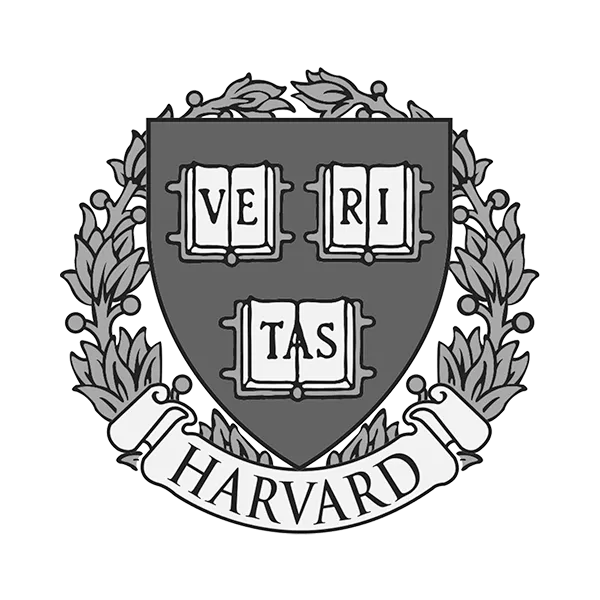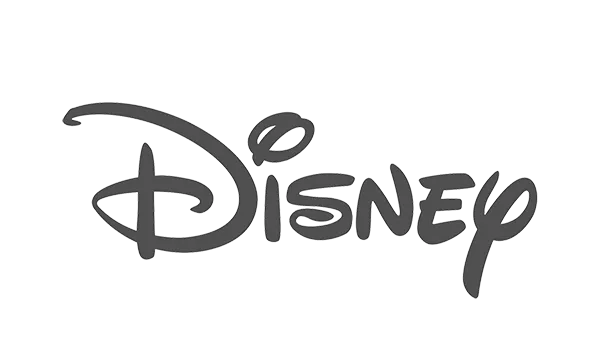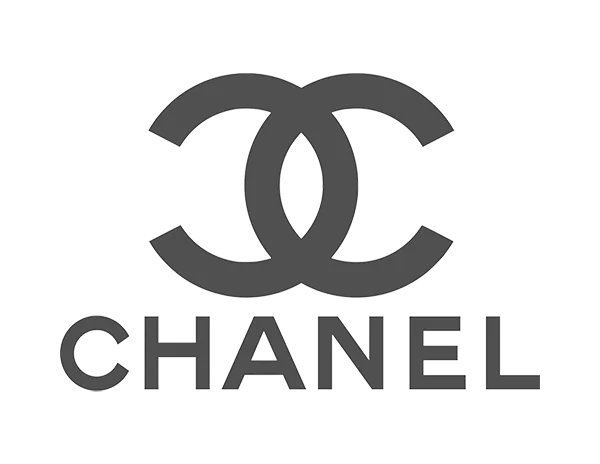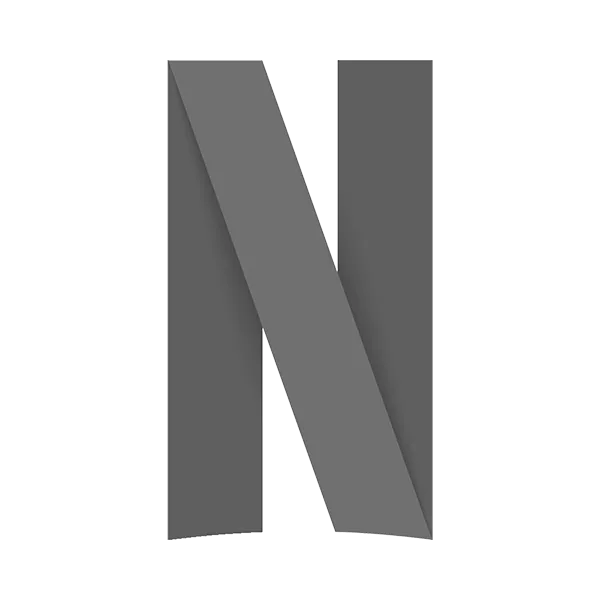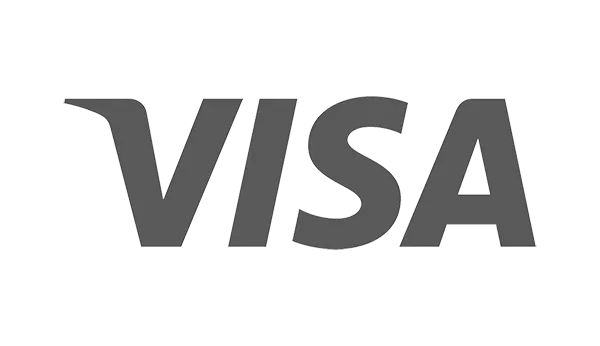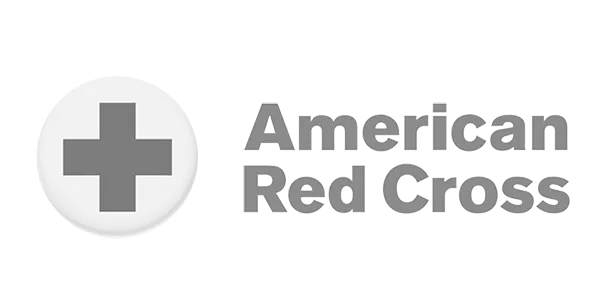What is an ATS?
An applicant tracking system (ATS) is software designed to source, manage, process, and catalog a database of job applicants for the purpose of talent acquisition. Specifically, the best ATS systems can do all of the below and more:
- Post jobs to your company career site as well as job boards like Indeed or LinkedIn
- Receive and analyze applications from job seekers
- Manage the interview process and collect interview feedback
- Send offer letters
- Integrate with your HRIS or employee onboarding system
- Report on hiring metrics with data-driven insight and predictive analytics
In this article, we explain how an ATS works, what using an applicant tracking system entails, the reasons so many hiring teams swear by these tools (the latest applicant tracking system statistics show 70% of large companies use ATS software), and the decision of whether or not you should invest in an ATS.
How Does an ATS Work?
There are several types of applicant tracking system but all of them have a similar mode of operation centered on these four chronological steps: Job posting & distribution, application collection & sorting, collaboration & interaction, and onboarding/follow-up.
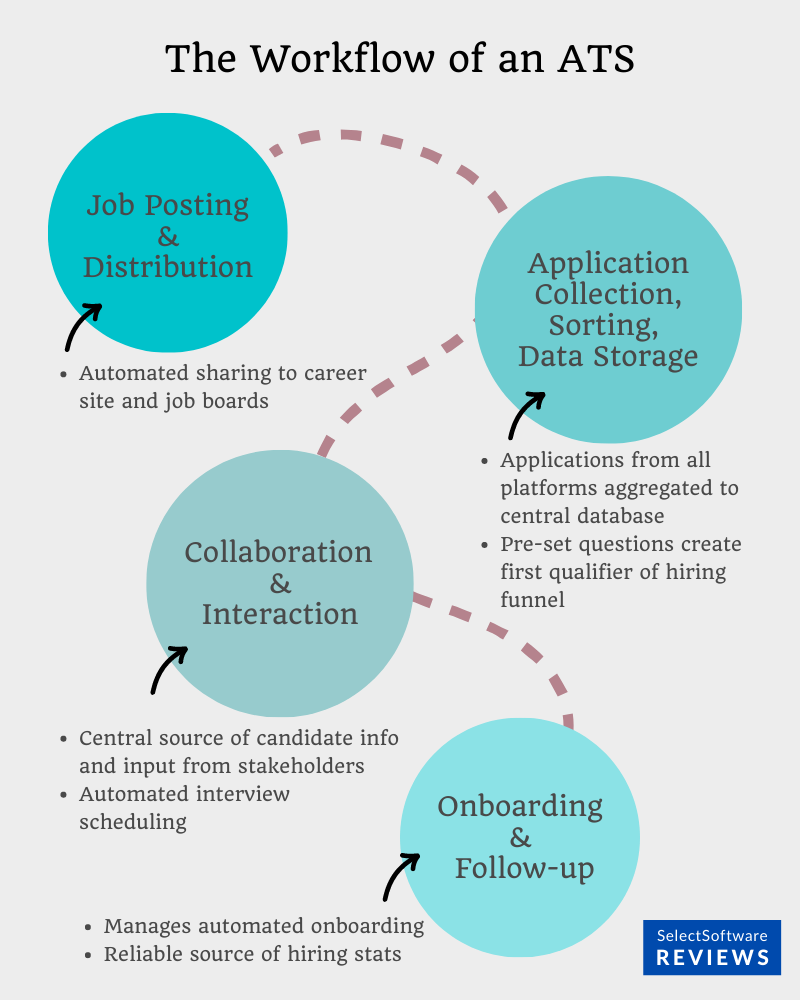
1. Job Posting and Distribution
When there is a job vacancy, the first thing you want to do is create awareness and share to platforms where your target candidates will likely be. With just a few clicks, an ATS will create and publish comprehensive job postings on any platform you choose.
Most automation systems will allow you to connect with the job boards or careers pages on your website. Many also integrate with third-party recruitment platforms like Indeed, CareerBuilder, LinkedIn, and social media platforms, making it easier for eligible candidates to interact with your posting.
2. Application Collection, Sorting, and Data Storage
Candidates interact with your job posting by sending their resumes, cover letters (if applicable), and contact information. Whichever platform the resumes come from (LinkedIn, Indeed, your careers page, etc.), the ATS will gather all of them in one database.
Typically, your ATS software will allow you to set eligibility parameters (work experience, skill sets, etc.) so applications that don’t meet these requirements will be immediately rejected.
Every resume submitted is stored in the ATS’s database which also becomes a goldmine for future candidate sourcing. When you need to hire more employees, or you feel some of the applicants will be a better fit for other job titles in the company, you can dip into this pool of “warm” candidates who already expressed interest in working at your organization.
You can always go back to review resumes in the ATS software and even prompt candidates to update their profile with recent experience. AI applicant tracking system processes can make these task even smoother.
3. Collaboration and Interaction
Applicant Tracking Systems make it easier for recruiting teams to collaborate and work closely together in the hiring process. The hiring manager can easily share information on preselected candidates with other team members and colleagues, assign roles, and ask for remarks on different applicants in the ATS.
Applicant tracking systems also allow you to interact with the applicants efficiently. Most, if not all, have built-in communication channels and email reminders to help the HR team consistently keep in touch with candidates. Depending on your process, a lot of the communication that goes to candidates can be automated, so your HR team stays in touch without lifting a finger.
For your top candidates, you’ll be able to schedule interviews in the ATS. Most even enable you to set up and conduct the interview within the platform via a native video interview tool. Others can integrate with third-party video conferencing tools like Zoom.
4. Onboarding and Follow-up
Subsequent to hiring the best candidate for the job, most applicant tracking systems integrate with onboarding software to acclimate new hires with their roles and general workflows in the company.
Depending on how it is programmed, the ATS can also send follow-up emails and materials to the new employee before their first day— a practice known as preboarding.
After all is said and done, companies can use reports generated by the ATS to review their hiring data so they can identify ways to improve their recruiting strategy and hiring processes in the future.
What are the Benefits of an ATS?
The key benefits of an ATS fall into the following categories: data-driven hiring, freeing up HR teams to focus on high-level strategy, creating a positive candidate experience, improved cost per hire, improved quality of hires, and easy compliance.
Data-Driven Hiring
Because a modern ATS handles so much of the hiring funnel, it is privy to an immense amount of hiring and candidate data.
This allows the platform to provide HR teams with data-driven insights based on reports and predictive analytics. These insights help recruiters to make informed decisions and optimize their hiring processes on far more than just a “gut feel” approach.
A High-Level Focused HR Team
Applicant tracking systems streamline and automate considerable chunks of the hiring process. This significantly reduces the administrative burdens that fall on your HR team. In real-world terms, a feature such as interview scheduling alone frees up hours in an HR professional's day that they would otherwise have spent checking calendars, moving meetings, and making confirmation calls. This time optimization is multiplied when you consider the hours saved in posting job ads, reviewing resumes, notifying unsuccessful candidates, and answering staff questions.
If you remove ongoing hiring tasks, your HR team’s hours can be spent on strategic tasks instead— process improvements, employee relations, upskilling, and employee engagement audits to name just a few.
A Positive Candidate Experience
Why does candidate experience matter so much? The questions companies must ask are, “Who are we ghosting?” and, “Can we afford to make these people doubt our employer brand?”
Perhaps a candidate who did not fit the bill today is exactly the person you need in your team next year. The trouble is, after their first application is greeted with silence, why would they apply to work at your company again?
An ATS nurtures candidates much like marketing automation nurtures a customer. Automated emails and text messages can convey details about working at the company, gently break the news that they are out of the running for this position, and encourage them to apply for similar roles that come up down the line. Since the candidate will be on your ATS database going forward, you can also reach out to them again when an appropriate job openings arise.
To quote Cody Candee, the co-founder and CEO of Bounce, “One of the biggest mistakes that HR teams make is waiting until there is a need to hire before searching for applicants, to avoid this issue they should pick an applicant tracking system tool that constantly monitors and updates potential candidates. If an HR department’s applicant tracking tool lacks the ability to maintain a continuous database of talent, then it could cost the business dearly as the extended time between when a position needs to be filled until it is filled, which can cause a loss of productivity.”
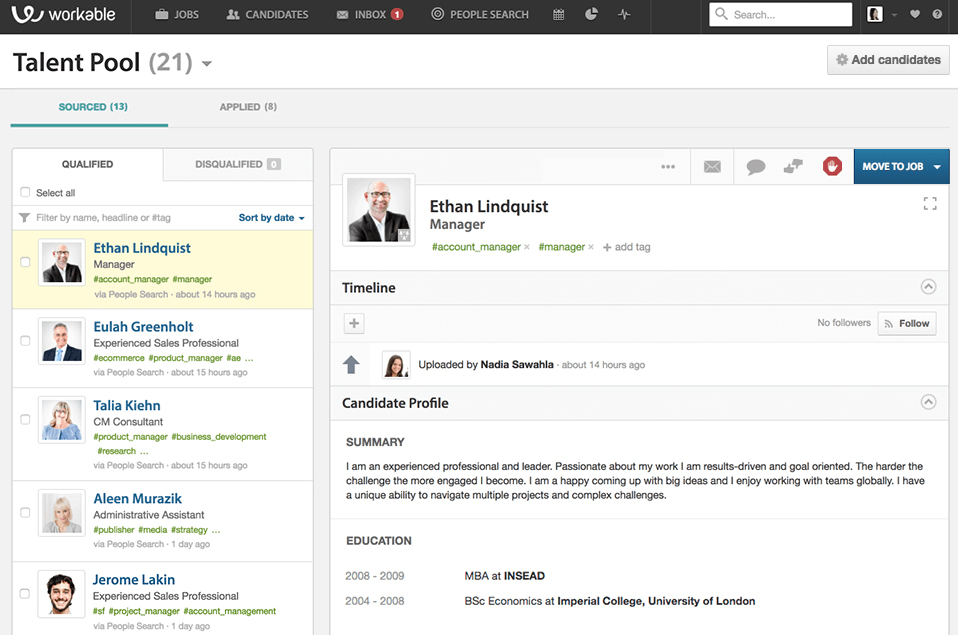
Improved Cost Per Hire
According to a report by the Society for Human Resource Management (SHRM), it costs over $4,700 to hire a new employee. The analysis takes into consideration factors such as candidate assessment costs, employer branding costs, and external recruiter and headhunter costs.
The minimum cost of an external recruiter per month is between $2,000 and $3,000. By comparison, the average cost of an applicant tracking system per month is around $200.
For companies who do not need all the bells and whistles of an expensive external recruiting service, an ATS is a good investment. It will not only significantly reduce hiring costs, but it will also provide good value for the money.
No-Hassle Compliance
In between getting the right candidate and sorting through hundreds of applications, it can be difficult for HR managers to keep track of the ever-changing recruitment laws. These laws and regulations are put in place to avoid discriminatory hiring practices.
A breach in compliance regulations, intentional or not, can result in lawsuits costing millions of dollars.
Thankfully, most ATS systems are inherently compliant with hiring laws. The best ATS platforms also come with a reference library containing all the information about compliance regulations which are regularly updated to ensure HR managers get the most up-to-date information on these laws.
Great Hires
Last but definitely not least, well thought through ATS implementation significantly improves the quality of hires your company can make compared to a manual hiring process. This is because:
- Automated job posting means you’re fishing in a larger pool
- A candidate pool of previous applicants (warm leads) is at your fingertips
- You’re processing applications and making hiring decisions faster— before your competitors sweep in with an offer
- Your hiring decisions are based on real, objective data
If the benefits listed here did not put you firmly in Team-ATS, these statistics probably will:
ATS Statistics
- 99% of Fortune 500 companies use a form of Applicant Tracking System
- 66% of large companies use an ATS
- 35% of small organizations rely on an ATS, even though their hiring needs are less.
- 94% of recruiters say that using an ATS has positively impacted their hiring process.
Why do Applicant Tracking Systems Exist?
The idea of an applicant tracking system dates back to the early 1970s. Back then, companies just started relying on computers to do administrative tasks, such as data sorting and retrieval.
The first applicant tracking systems were designed to keep, categorize, and call up resumes and applicant data, allowing recruiters to search for candidates based on specific criteria. These early systems were rudimentary. Data entry took time, and the value added to hiring was limited compared to the functionality of the software we have today. However, these systems still addressed an important obstacle in hiring— keeping candidates organized.
In the 1990s and early 2000s, applicant tracking systems moved beyond sophisticated filing systems and became fit-for-purpose hiring pipeline management tools. With the advent of the internet and the growth of online job portals, applicant tracking systems shifted towards web-based platforms. This afforded the software access to applicant data, connectivity between hiring teams, and online application processes that feed directly into the software’s database.
Web-based ATSs also introduced features such as job board integrations and automated resume parsing, which made screening large volumes of job applications a much more manageable feat. Soon after, automated interview scheduling became possible, which alleviated hiring teams from the back-and-forth communication of setting up interview meetings.
Today’s applicant tracking systems are comprehensive talent management systems. Automated workflows native to an ATS take care of your candidate relationship management (CRM), onboarding processes, employee referrals, and succession planning. AI-powered ATSs can now analyze resumes, identify relevant skills and experience, and rank candidates based on their fit for a particular job.
Some ATS vendors have even introduced chatbots and automated interview scheduling to further enhance the efficiency of the hiring funnel. Not only does this alleviate your HR team of repetitive communications and tasks, it also means candidates get instant feedback which makes for a top-tier candidate experience.

How Much Does an ATS Cost?
An ATS can cost as little as $0 and as much as $125,000 per year. ATS pricing varies depending on the features and functionality offered by the vendor, how many user profiles you have, and the number of hires you’re looking to make. Generally, there are two common pricing models for ATS:
Subscription-Based Pricing
Using a SaaS ATS with a subscription-based pricing model means you’ll pay a monthly or annual fee to use the tool. The cost can range from a few hundred dollars per month for small businesses to several thousand dollars per month for larger enterprises.
The price often increases based on the number of users, job postings, and additional features (such as integrated ATS background checks) required.
Pay-per-Job Pricing
Some ATS providers offer a pay-per-job pricing model, which (as it says on the box) means you pay a fee for each job posting you want to advertise. The cost per job posting can range from a few dollars to a few hundred dollars, depending on the platform and the level of exposure you require.
Bear in mind that there are also free ATS options available. However, free subscriptions are primarily marketing tools that incentivize users to upgrade to a paid version, so free versions may have limited functionality and user support.
To determine the exact cost of an ATS, it's advisable to research different providers, request quotes or demos, and consider your specific needs and budget before making a decision.
Do You Need an Applicant Tracking System?
You may wonder if keeping track of job applicants warrants paying for a dedicated tool. If an ATS provides a solution, what is the problem it is intended to solve?
Where an ATS can Definitely Help
Hiring is a stressful and tiring job. With good reason. Finding the right fit for a position is a high-stakes responsibility that falls squarely on recruiters and hiring teams. It’s also a lot of work. So much so that there is a term used to tag the exhaustion that comes with hiring and managing talent: recruiter burnout.
According to a Vox report, the tediousness of the recruitment process is mainly due to two reasons:
- There are too many applicants per open position, thereby complicating the process of finding the right candidate with sufficient work history.
- Something economists call “skill mismatch,” where the applicants for these positions simply do not match the job description.
What if you’re making multiple hires every month, or every week? What if each of these hires requires advertising in different channels, writing job postings for each vacancy, and screening dozens of resumes from which your HR team has to schedule multiple interviews with various hiring managers?
What if you miss an application and lose out on a great candidate? What if your applicants wait so long for news of their application that they accept an offer from your competitor? What if your team struggles to keep up with the influx of applications and ends up making sub-par hires just to get vacancies filled?
In this scenario, a platform that hosts a holistic hiring process is not only useful, it’s a necessity!
Is Your Problem Hiring Employees, or Keeping Employees?
An ATS is an ideal solution when you have capacity problems in hiring. For example, if it’s taking too long to fill vacancies, or you’re just not getting to every applicant. Even if you don’t have these problems, an ATS will still save you time, keep your hiring funnel organized, and help you make the best possible hires.
What an ATS won’t (can’t) do is keep employees from leaving. So, if you have a hiring capacity problem, you must ask yourself this: Is your team growing, or are you churning employees?
If you’re constantly hiring, but your overall headcount stays the same, your priority should be to invest in tools that will promote employee experience and boost retention.
What Happens After a Hire?
An ATS takes care of your hiring funnel, but if that’s the end of the road for your tech stack, you can do better. ATS and HRIS (Human Resources Information System) software go hand in hand.
For optimal human capital management, candidates who are hired through an ATS should enter into your HRIS either natively, or via an HRIS integration.
If you don’t have an HRIS or HRMS (Human Resources Management System), you’re better off looking at a comprehensive (hire-to-retire) HR software solution than a dedicated ATS.
How to Compare ATS software
Choosing the right ATS for your business can be a daunting task. As Shirley Borg, Head of HR at Energy Casino shared with us, “Test the system as much as possible before making a purchase. It's a very expensive mistake to buy unfitting software… A lot of people working in HR that I talked to rushed the process because they simply thought, ‘Well, if this is such a popular system, why would it be a problem for us?’ and unfortunately, it absolutely was a problem for them.”

To make an informed decision, we recommend using this 5-step decision-making process:
1. Identify Your Organization's Needs
Your major hiring barriers might not be solvable by purchasing an ATS. But assuming they are, your organization’s priorities are still unique.
Start by assessing your organization's specific requirements and pain points in the recruitment process. Consider factors such as company size, hiring volume, collaboration needs, and integration requirements (that other software the ATS will need to “play nice” with).
2. Research and Compare ATS Providers
You’re spoilt for choice in this software landscape. You can narrow down your search by looking at each vendor’s specialty. For example, a tool that sells itself as an enterprise-level solution is not going to be a fit-for-purpose tool in a start-up.
Once you’ve identified the ATS vendor that can work for your company, thoroughly research and compare their offerings. Evaluate their features, pricing, customer reviews, and customer support options. Shortlist the ones that align with your organization's needs and values.
3. Request Demos and Trials
Set up demos and trials from your shortlisted ATS providers to get hands-on experience with their platforms. This will help you understand the user interface, ease of use, and overall compatibility with your existing systems.
It’s important to get a lot of input here. Have your HR team and your IT department look at the software options to get a sense of their preference. Remember to look at the tool from a candidate’s perspective as well. If there is a user profile or dashboard, is it in line with the candidate experience you want to offer? Does it take forever to submit an application, and will this lead to abandonment?
4. Consider Scalability and Integration
Once you’ve committed to an ATS, it will be a significant time investment to move to a different tool. It is best to choose an ATS that can scale with your organization's growth in terms of hiring needs and increased users in your hiring team.
Also check that your ATS integrates seamlessly with your existing HR software, such as payroll or performance management systems, to avoid disruptions in your overall HR processes.
5. Evaluate Customer Support
No software as significant as an applicant tracking system is a matter of set-and-forget. You’ll need ongoing support from your vendor, especially in the first few months of using the tool.
A responsive and knowledgeable support team is crucial to address any technical issues or inquiries promptly. However, if you ask the vendor, they’ll definitely say they offer amazing support. To get an impartial opinion, look for user reviews or speak to existing and past customers. If they’ve moved on to a different applicant tracking software, definitely find out why.
Last Thoughts on ATS systems
Selecting the best ATS for your organization is a critical decision that can greatly impact your recruitment process and overall hiring success.
By understanding the features and benefits of an ATS, as well as following the steps outlined in this guide, you are now equipped with the knowledge to make an informed decision. Just remember to assess your organization's unique needs, compare different providers, and consider factors such as scalability, integration, and customer support.
With the right ATS in place, you can streamline your recruitment process, attract top talent, and achieve your hiring goals efficiently.






